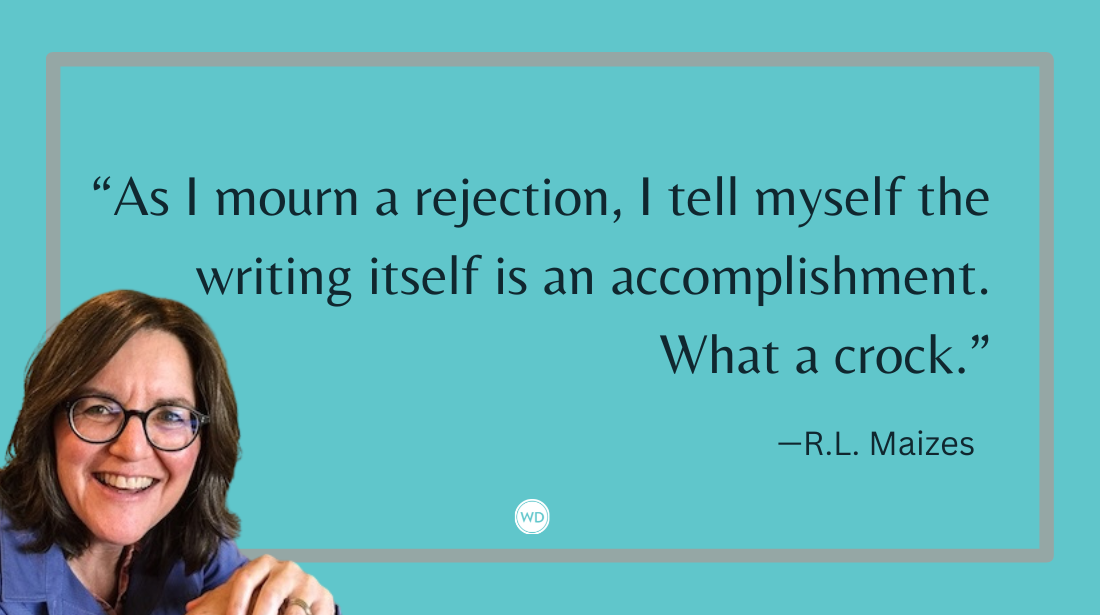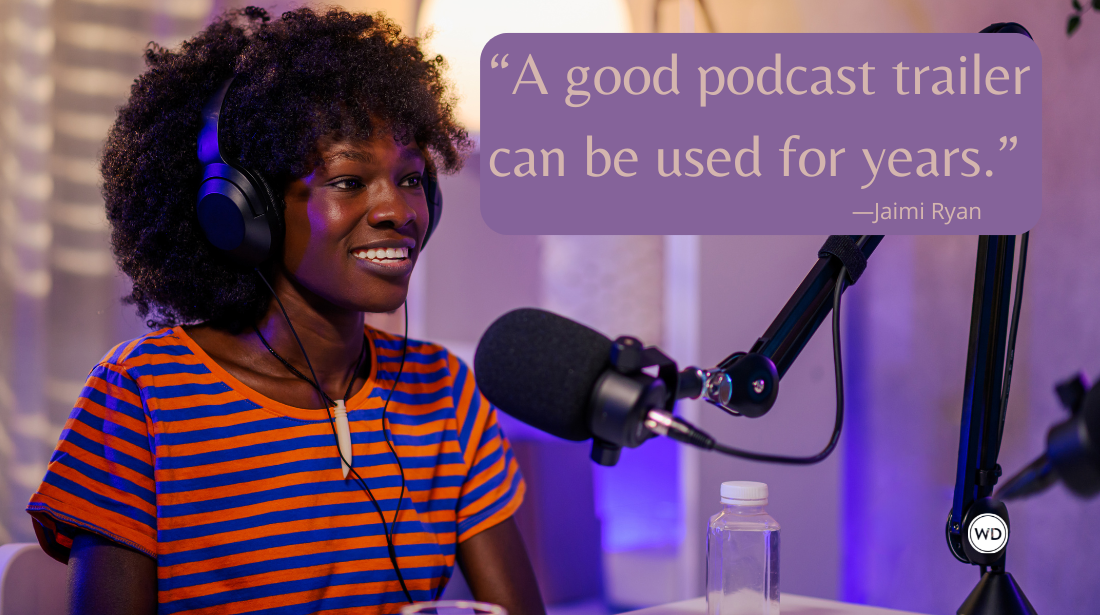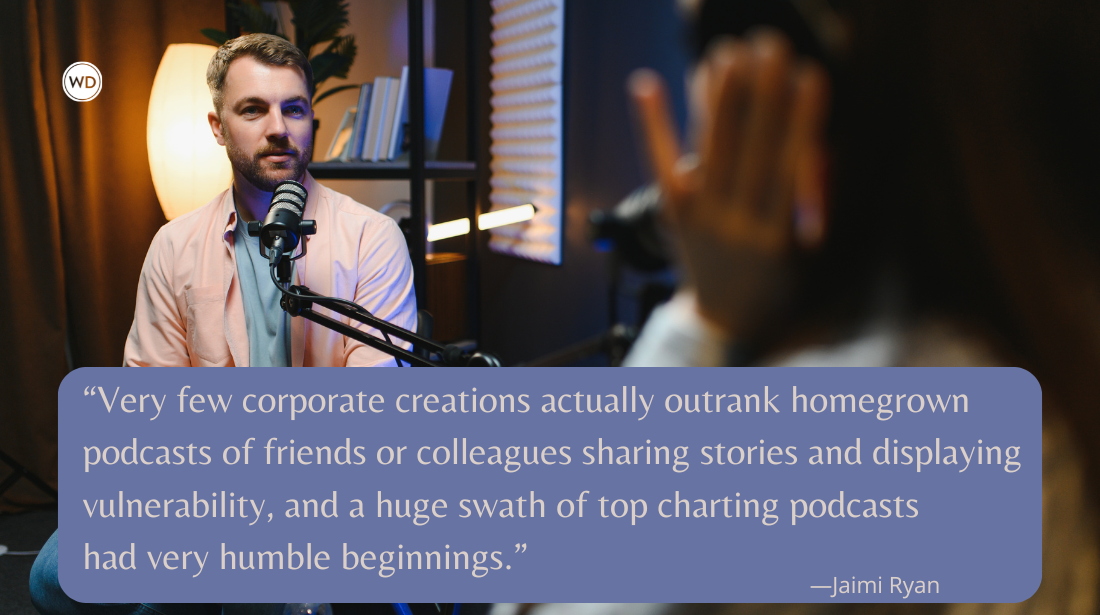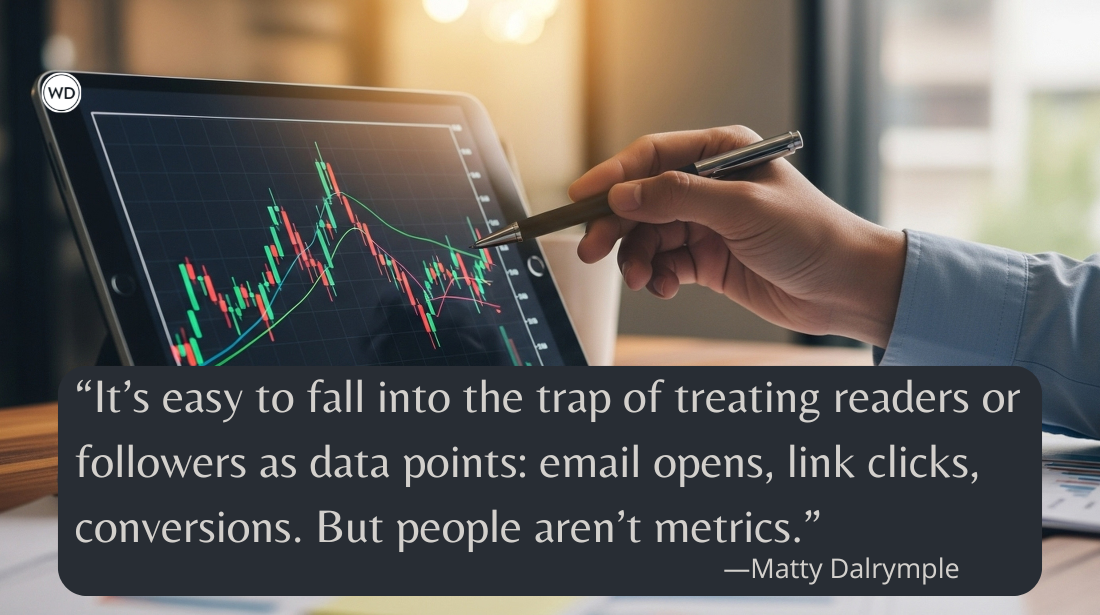How to Hook a Literary Agent to Represent Writing and Get Published
Finding a literary agent is one thing, but the hard part is gaining representation. In this post, we share how to hook a literary agent to represent writing and get published by looking at the query letter, synopsis, book proposal, and sample pages.
Getting published is a pretty simple process when it's broken down: A writer writes an incredible manuscript (or develops an incredible concept), finds an appropriate publisher for that manuscript, and then follows that publisher's submission guidelines to blow them away with an incredible submission. The only problem is that the submission guidelines for many publishers say they only accept "agented submissions."
As a result, many writers have found that if they want to get published by the perfect publisher that they need to secure the representation of a literary agent. However, literary agents don't take on every potential client who wants representation—unlike a lawyer or an accountant—because literary agents don't get paid unless their clients get paid. So they need to be blown away or "hooked" on a potential client's project to take it on.
In this post, I've attempted to share tips on how to hook a literary agent who can represent your writing and ultimately help you get published.
How to Hook a Literary Agent
The first step in hooking a literary agent appropriate for your writing project is to be able to define what your writing project is. Some writers may find this easy to do; others may struggle. Regardless, it's an important task to complete if you wish to publish your book.
Category exercise: Go to a few local bookstores and determine where you think your book should be shelved in the store. And no, you're not allowed to put it on an endcap or front-of-store display.
Would your book go in a fiction section? Nonfiction section? A category within fiction or nonfiction? There's a difference between general adult fiction and young adult or science fiction—just as there is a difference between general reference and self-help or inspiration. Nail down where your work belongs in multiple bookstores.
This task will help you find appropriate literary agents who represent your category. But it will also help you pitch appropriate literary agents.
The Query Letter
The query letter is the ultimate sales tool for writers. When done effectively, queries help writers gain the representation of literary agents and editors. And when knocked out of the park, queries can even end up being the copy on the back of the book itself.
All effective queries have three basic components: a pitch (or hook), more information on the project, and a concise about the author sentence (or brief paragraph).
The pitch is usually handled in the first line or paragraph of the query, and it's meant to spark interest in the project. This is followed by a paragraph or three of more information about the project that sustains that interest from the pitch by providing more of the story or supporting evidence of need. Finally, the about the author information is there to show why you're the perfect person to write this book.
Query letters are important, but their main goal is not to seal the deal (even in the case of back cover copy). Rather, queries are meant to inspire more interest in the project so that an agent or editor will request the manuscript, synopsis, book proposal, and/or sample chapters. By the way, in the case of readers with back cover copy, the goal is to get them to read the first page.
The Synopsis
The synopsis is a straightforward document that summarizes the book. As such, it includes the beginning, middle, and end of the book. Don't worry about sharing spoilers with your potential agent or editor, because you'll be going over the manuscript together several times during the publication process.
The main variable for synopses is the length that is requested by an agent or editor. The most common length is one page, but some go a little longer. Others may request a much longer synopsis, which is why it's always best to follow specific submission guidelines.
That said, here are some great pieces on writing the synopsis:
- Learn How to Write a Synopsis Like a Pro, by Courtney Carpenter. This post shares 5 tips on writing a synopsis, including narrative arc, active voice, story advancement, and more.
- Taming the Synopsis: 4 Steps for Perfecting One-Page and Long-Form Synopses, by Ammi-Joan Paquette. This post shares tips on breaking the synopsis down into a one-sentence pitch, one-paragraph pitch, one-page synopsis, and long-form synopsis. Plus, it shares how the synopsis is an invaluable tool for revision.
- Mastering the Dreaded Synopsis, by Kaitlyn Johnson. For good measure, we've included this piece by a literary agent who shares how to craft a successful synopsis.
The Book Proposal
The synopsis is generally used as a submission tool for novelists, though they can be requested for memoirs and narrative nonfiction projects too. Most nonfiction submissions require a book proposal that identifies the key selling points of the proposed book, including evidence of need, unique selling point, competitive and comparable titles, marketing ideas, and more.
Here are the basic components of a book proposal:
- Overview. This is a compelling top-level summary of what the book is about and why it's needed in the marketplace. In fact, it's a lot like the pitch or hook in your query letter or the back cover copy on a published book. The intent is to make your book idea easy to understand while driving decision makers to want to know more about the project.
- Target audience. Many great book ideas have been rejected over the years for one simple reason: The author (and/or agent or editor) could not sufficiently connect an appropriate target audience to that convinced publishers the book would sell a lot of copies. In this section, authors really need to quantify (with real numbers) who their target audience is.
- Marketing plan. In this section, authors need to share how they have already reached out to their target audience, whether that's through a blog or website, speaking appearances, articles in online and print publications, YouTube channel, or whatever. As with the target audience section, quantifiable numbers tied to past performance are key to making this section strong.
- Comp titles. Comp titles is short for competitive or comparable titles. In other words, this section shares already existing books that are closely related to yours and (hopefully) performing well. This helps add weight to your evidence of need for your target audience, and it gives you an opportunity to show your book's USP (or unique selling point) by explaining why your book is better (or different) than what's currently on the market.
- About the author. This is where you show why you're the perfect person to write this book by sharing your relevant expertise on the subject or already established platform. (Click here for advice on how to build your author platform and stay sane.)
- Chapter outline. This section acts like the synopsis in that it summarizes the book's contents on a chapter-by-chapter level. A strong chapter outline will show an agent or editor that you don't only have an inspired idea but a well-formed idea that will fill the pages needed for a book-length project. Plus, this is a great place to show off your voice and treatment of the subject matter.
- Sample chapters. Nonfiction book proposals were often sold on ideas alone, but more and more publishers expect a sample chapter or three to get a sense of the author's voice and treatment of the subject.
The Sample Pages (or Full Manuscript)
If the query letter is what gets a novelist's foot in the door, the full manuscript is what can close the sale or kill it. Sometimes agents request sample pages or sample chapters before requesting the full manuscript. If they do, send the requested material in the appropriate format (ask or look at their submission guidelines) starting at page one.
When they request the full manuscript, send it in the appropriate format as well. But don't sit around twiddling your thumbs or fretting over whether it's going to be accepted or rejected, because it may take the agent a while to give it his or her full attention. They do have actual clients, after all.
Take a day off, sure, but then, get back at it. Get back to writing. Because that's what writers do.









